In pictures: Anglo-Indian community of Calcutta
- Published
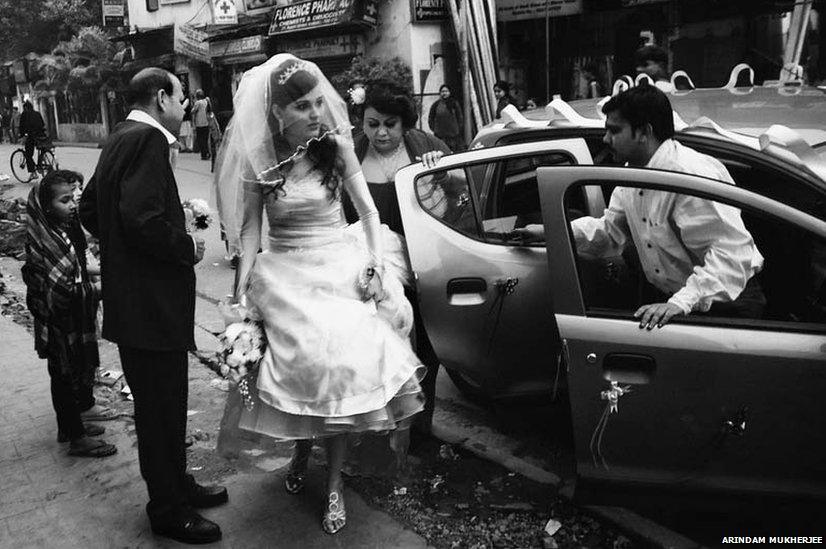
A product of the British Empire, with a mixture of Western and Indian names, customs and complexions, several thousand Anglo-Indians live in the eastern Indian city of Calcutta. Here, an Anglo-Indian bride and her family arrive at a church for her marriage. (Photographs: Arindam Mukherjee)
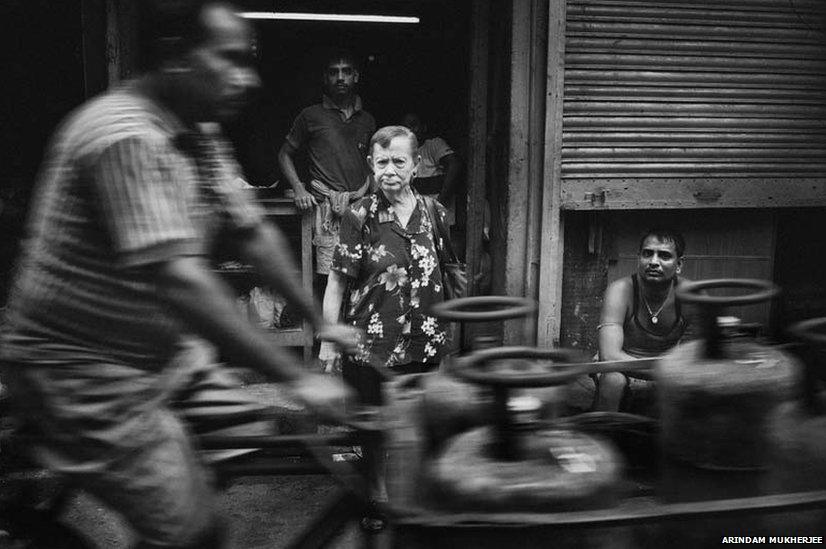
The Anglo-Indian community in Calcutta is fast dwindling as its population ages and many migrate overseas for better opportunities.
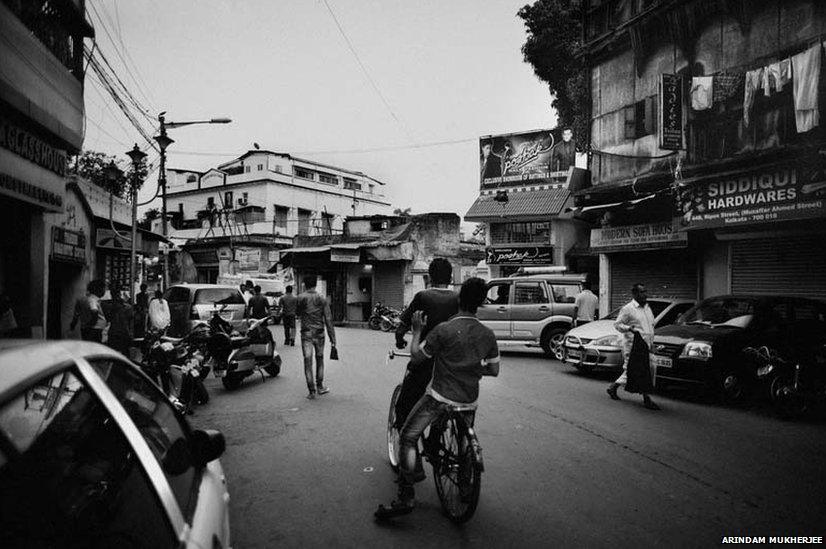
Ripon Street in central Calcutta has traditionally been an Anglo-Indian area.
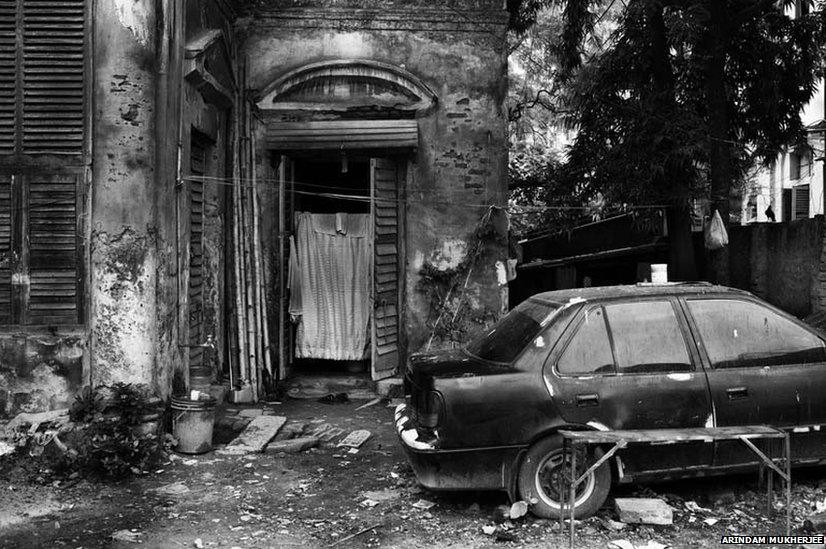
Many Anglo-Indians live in houses like these on Ripon Street.
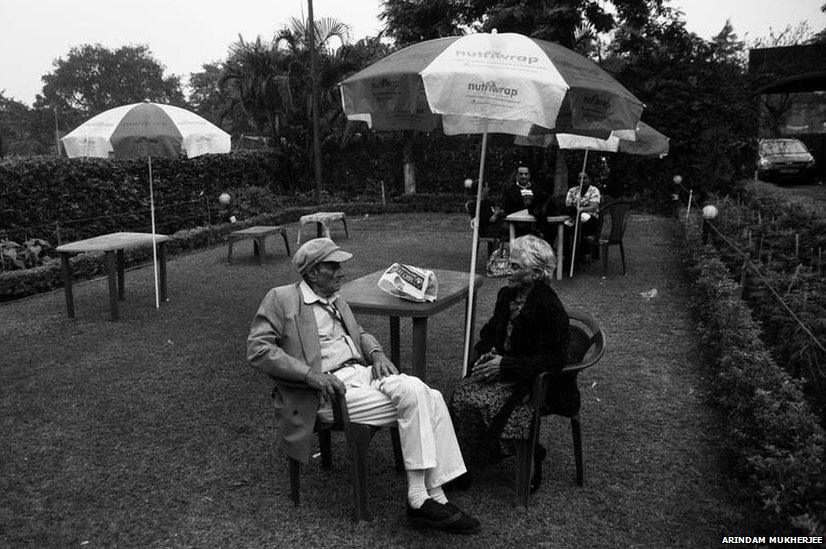
Community elders still frequent the Calcutta Rangers Club, which is run and attended mainly by Anglo-Indians.
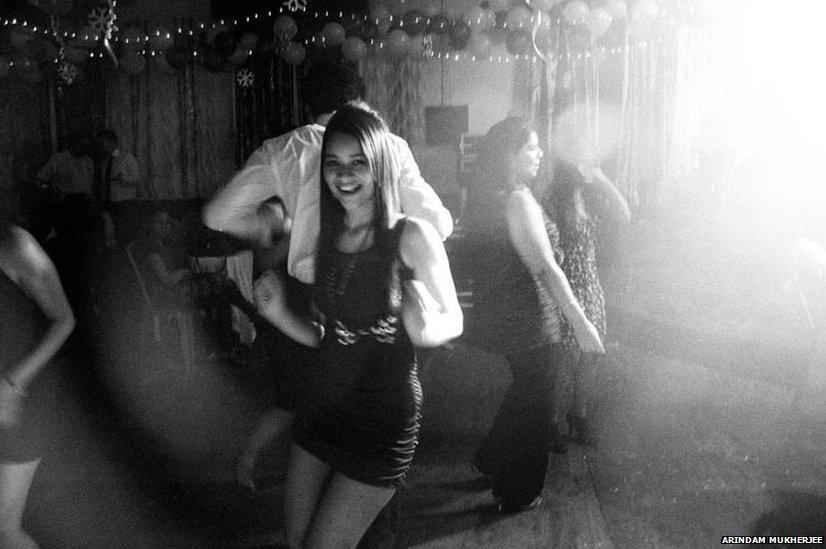
Taking advantage of India's boom in service industry, many young Anglo-Indians have moved to jobs where proficiency in English is a bonus and out of ghettos into mixed areas. Here an Anglo-Indian girl dances at a New Year's party in Calcutta.
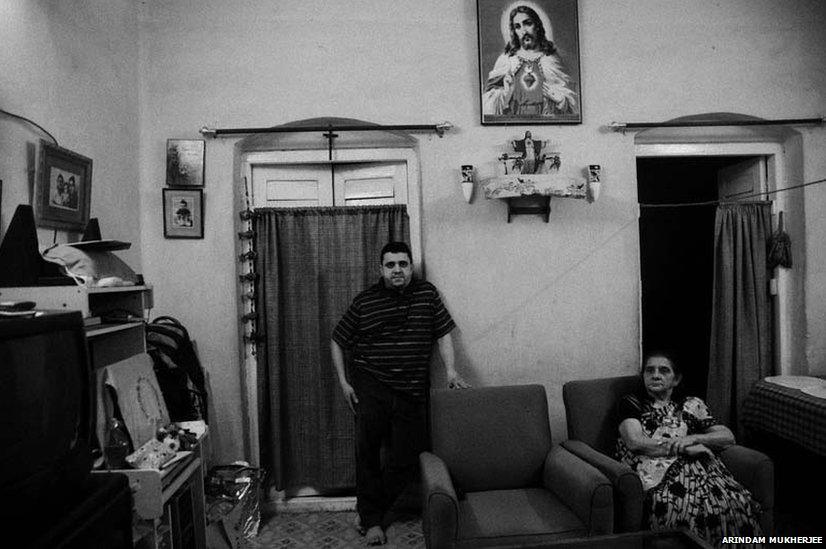
One of the oldest Anglo-Indian districts in Calcutta is Bow Barracks, a red-brick block of flats in a back alley in the city centre. More than 100 families live there and have resisted plans to demolish the building.
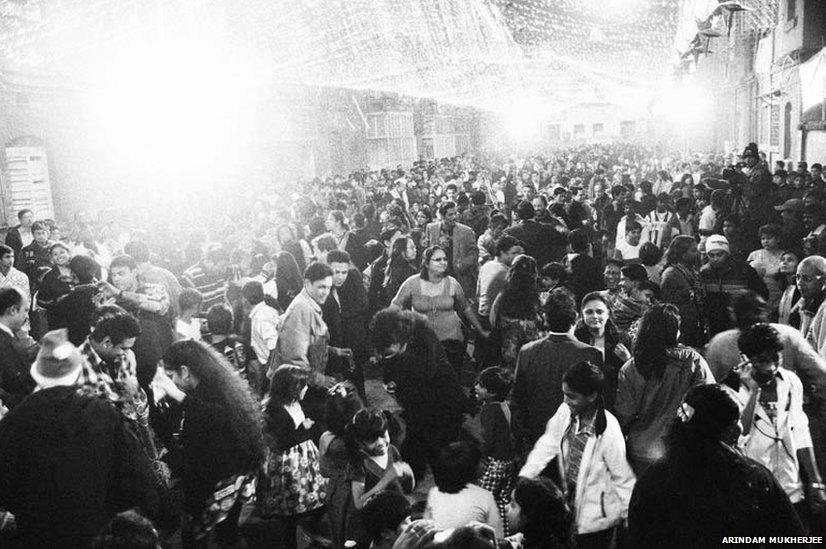
Christmas celebrations at Bow Barracks are a highlight of the community's cultural calendar.
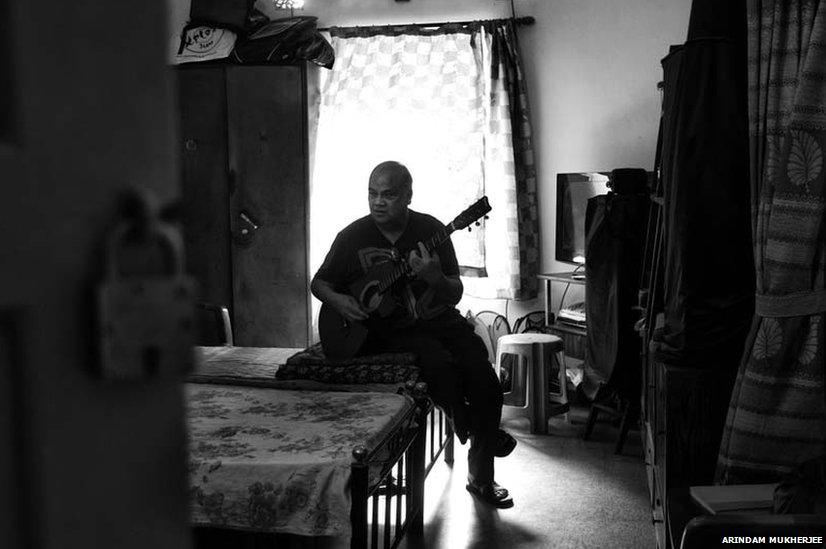
Many community members like Clive Maher, who migrated to Australia in the 1970s, still return to Calcutta to visit relatives and friends.
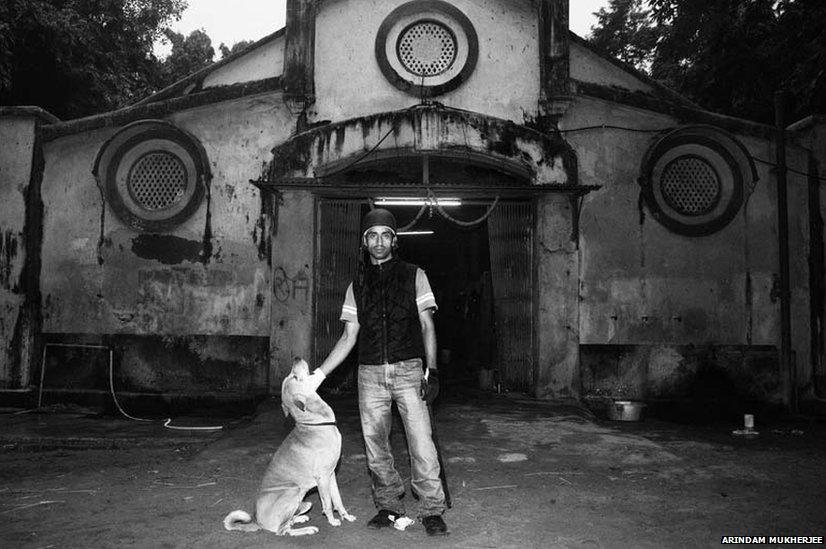
Anglo-Indian jockey Malcolm Maseyk poses in front of a stable in the city.
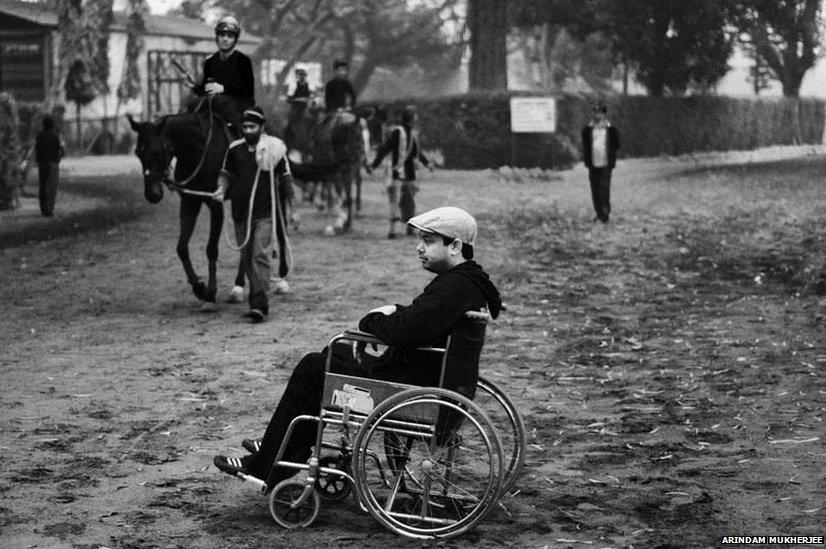
Rutherford Alford was a top jockey, but was paralysed in an accident. He now owns horses, allowing him to pursue his interest in racing.